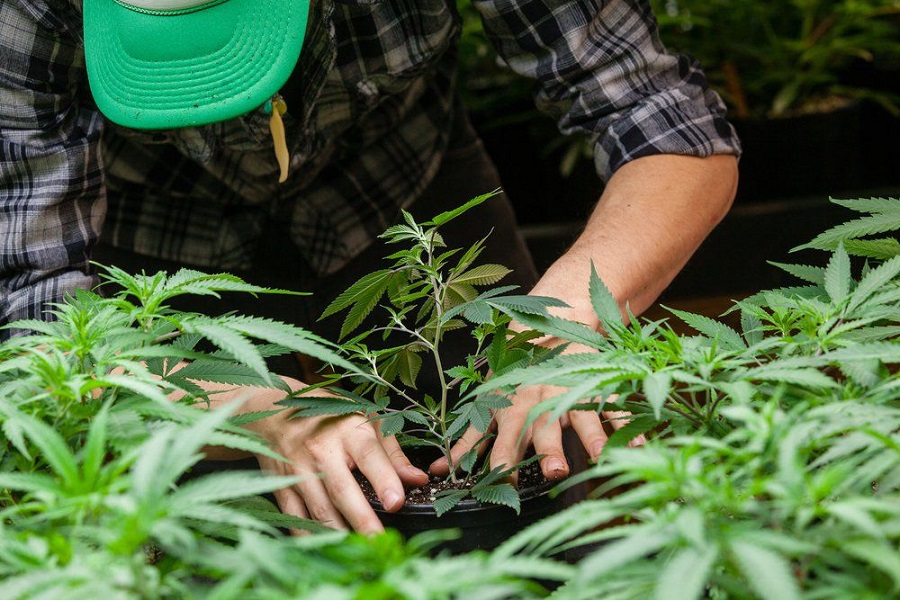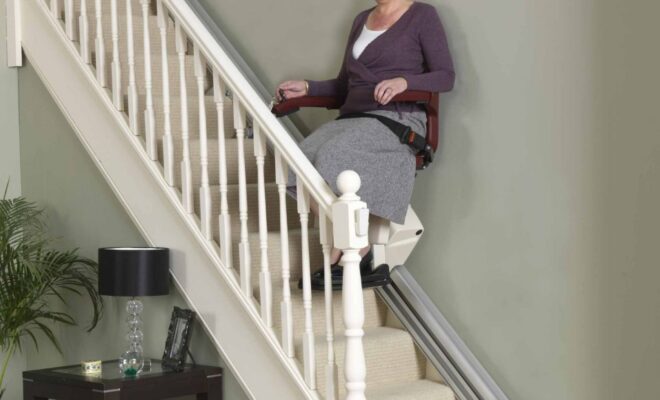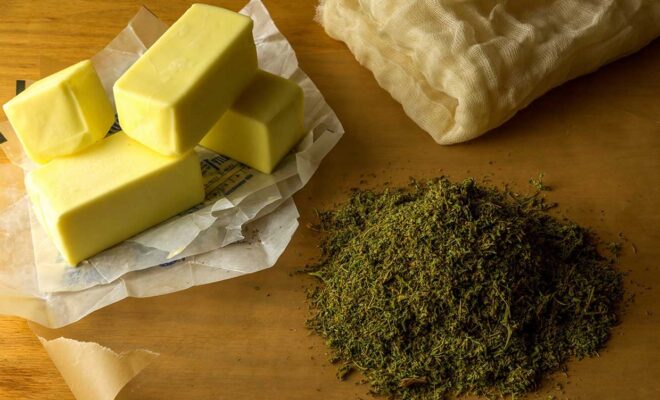3 Reasons to Keep Medical Pot Programs in Recreational States

Visiting California is a curious experience for medical marijuana users residing in Utah. In their home state, they can purchase medical cannabis products only from licensed dispensaries. Should they take a trip to California, they cannot use their medical cannabis cards at local dispensaries. But they can purchase marijuana for recreational use.
This begs the question of why California keeps a medical marijuana program intact despite allowing unrestrained recreational use. And by the way, California isn’t alone. Plenty of other states have similar systems in place, including Colorado and New York.
Having both medical and recreational marijuana would be akin to having both medical and recreational alcohol. Recreational alcohol would be obtained from any liquor store in town. You could even brew your own at home in small amounts. The medical stuff would only be available at local pharmacies, and only with a valid prescription or state-issued card.
Though it does not make a whole lot of sense to maintain both programs, here are three reasons potentially explaining why states do it:
1. Product Control
It is possible that some recreational states keep their medical marijuana programs intact because they want to maintain control over product. The principle is easily illustrated in a substance known as propylene glycol. Manufacturers can buy both food-grade and medical-grade propylene glycol. The latter is a purer product.
Perhaps states want to control the types of CBD and THC products sold as medicines. If that were the case, maintaining a medical marijuana program would make sense. At least it would make sense to regulators and manufacturers. It still might not make sense to consumers though.
2. Licensing Opportunities
As long as we are talking control, we might as well mention the licensing issue. Utah is an example of a state with limited licenses. For example, Beehive Farmacy is a dispensary in operation with locations in Salt Lake City and Brigham City. Their two medical cannabis pharmacies are among only fourteen licensed in the state at the time of writing.
California licenses thousands of pharmacies and dispensaries. By maintaining a difference between recreational and medical marijuana, the state gives itself a reason to issue two different kinds of licenses. Each license type allows for a different level of control.
Government wanting to maintain control is nothing new. That’s the whole reason state licensing even exists. Regulators want to maintain control over what business owners do. An easy and effective way to do so is to create licensing requirements.
3. It Generates Revenue
It would be impossible to have a discussion like this without looking at the money angle. There is only one thing that government loves more than control: money. You can certainly apply the ‘follow the money’ rule to learn how states regulate medical and recreational cannabis consumption.
Maintaining separate recreational and medical programs creates revenue opportunities. Again, we can use Utah as a comparable example. Any business owner wishing to establish a growing operation, processing plant, or retail pharmacy must be licensed. Licenses come with substantial application and renewal fees.
On top of that, the government keeps a tight lid on everything from production to retail sales. This opens the door to taxation. Where you have two separate systems, you can develop a tiered tax regime to maximize revenues.
To consumers, keeping a medical marijuana program intact after adopting recreational use doesn’t make much sense. That’s only because most consumers do not think like regulators or politicians. To those who make the rules, maintaining both programs makes perfect sense. It maximizes government control and opens the door to revenue generation. Both are extremely attractive to government eyes.










